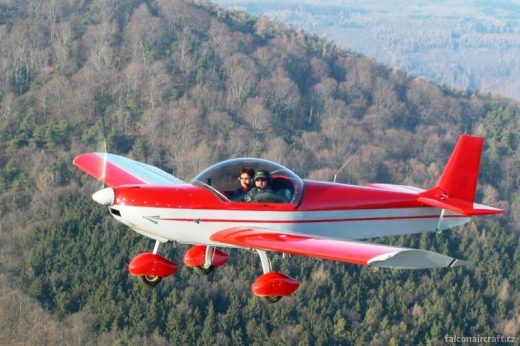
By RAA Canada
In September 2016 an Advanced UL Zenair 601 was on approach to Guelph Airpark when the nose pitched abruptly downward and crashed, killing the one crew member on board. The Canada Transport Safety Board did a comprehensive investigation and found preexisting internal damage to the forward spar of the horizontal stabilizer. The build quality of this part had been exceedingly bad, with only half the required number of rivets holding the left forward attach bracket to the spar. In addition, there were many extra holes randomly drilled through the spar and the bracket, which weakened the spar. It appeared that these mistakes had been ignored during the build, and once the skins had been installed they could not be seen even during an annual inspection.
In the 1990s the builder of an Advanced UL signed off his own work without any Transport Canada requirement for an inspection, and based on that signature the plane became legal for the carriage of a passenger. Later this was changed to require that the manufacturer or his representative signed the document, but there was still no specific inspection requirement. The quality and extent of inspection was left to each manufacturer to decide.
Zenair has looked further into the situation and they have issued instructions to remove and inspect the horizontal stabilizer of the 601 and 650 series, the 701 and 750 series, and the STOL 801. The lower skin must be cut open to reveal the internals so that the brackets and spar may be inspected for loose rivets, adherence to plans, and quality of build. A new closure piece is then riveted over the inspected area using their specified procedure.
Their website shows other build problems with mounting brackets and the fuselage tabs to which those brackets are bolted. The easiest path to find the information is to Google “Zenair 601 horizontal stab”. Some builders have not paid attention to a good fit and have just tightened bolts to close a gap, rather than shimming to fill the gap. The site also shows brackets that have been badly drilled so that the bolt holes are ragged and oval. In many cases, because of edge distance requirements, it is not safe to updrill to use a larger diameter bolt. Some brackets also show cracks near the bolt holes, possibly from the bolt heads’ biting into the curved area of the brackets if the builder located the hole too close to the corner of the bracket.
For Advanced UL aircraft this is definitely a Mandatory Action before next flight. Failure to comply means that the plane no longer meets the manufacturer’s specification, a requirement in this type-defined category. There is no AD process for Basic UL or Amateur Built aircraft but owners would be foolish to ignore the manufacturer’s concerns. Many in these two categories were built from plans so dimensions can vary from ideal. Amateur Built planes receive MD-RA pre-cover and final inspections but a Basic UL receives neither. A couple of 3/8” wrenches will remove the tail, and if nothing is wrong the plane can be flying in a day. If there are discrepancies it is far better to find these on the ground.
Anyone considering the purchase of one of these aircraft should verify that the work has been done and that it has been logged.
